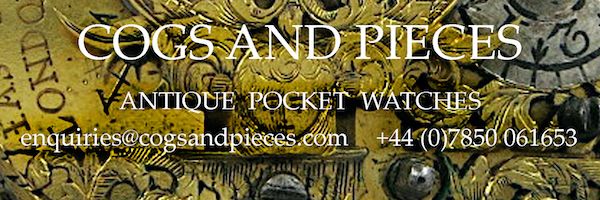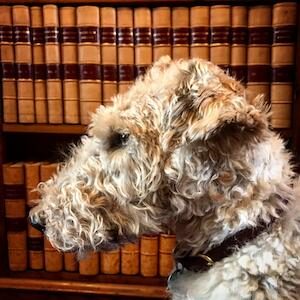Henry Jones (1632-1695)
Henry was the son of William Jones, a vicar from Boulder, near Southampton. He was apprenticed in 1654 to Benjamin Hill of Fleet Street, London in 1654 but later passed over to highly respected clockmaker, Edward East. After serving as an apprentice,and later a journeyman, he became free of the Clockmakers’ Company in July, 1663. At this time his business was at Inner Temple Lane.
An apprentice usually served his master for seven years, then spent two years as a journeyman to produce a ” masterpiece”, before he could gain the “freedom” of the Clockmakers Company. Jones was a journeyman 1661-1663, producing his masterpiece, probably a pendulum clock, in that period. He completed his apprenticeship under East on 6th July 1663, but also had a lifelong association with him. In the Great Fire of London in 1666, both East and Benjamin Hill lost their workshops.
Henry Jones probably married his wife Hannah in about 1667, as apprentices were not allowed to marry until they had completed their apprenticeships. They had at least two sons, but only one, also called Henry, survived him. His son began his apprenticeship to his father in December 1690, but then Henry Jones senior died in 1695 in the middle of his son’s apprenticeship. The son completed his apprenticeship under his mother, Hannah, who continued her husband’s workshop for several years, even taking on John Magson as an apprentice in 1696. A table clock survives, signed by Hannah Jones, who died 1708, aged 83.
Henry Jones senior’s formal collaboration with Edward East probably ended in 1672 when Jones took premises jointly with George Petty (who may or may not have been a clockmaker – very little is known of Petty). In 1676 Henry Jones became Assistant in the Clockmakers Company, was Warden between 1687 and 1690 and Master of the Company in 1691. In 1673 Henry Jones in the Clockmakers Company ledgers complained that Robert Seigniour had erased his name from a Royal clock (or had caused Edward Stanton to do it). In November 1678 he was at a special meeting which suspended John Matchet for being a Catholic (although Edward East, Jones’ master, was also a Catholic). Also, in 1676 Jones had a great quarrel with the fiery John Nicasius, who was judged to be wrong.
Henry Jones senior’s work is distinctive. He was best known for his bracket clocks and longcase clocks, but also made fine pocket watches and lantern clocks. Examples of his work can be found in the British Museum and the Guildhall Museum.
Henry Jones died in November 1695 and was buried at St Dunstans in the West, in Fleet Street. In his will he left £100 for the use and help of five widows of the parish. His wife Hannah erected a monument to him in the church of St. Dunstan, which still stands high on a wall to the left of the pulpit, though is now blocked from view by some wooden partitioning.
References :
Brian Loomes. Watchmakers and Clockmakers of the World (NAG Press, 2006).



